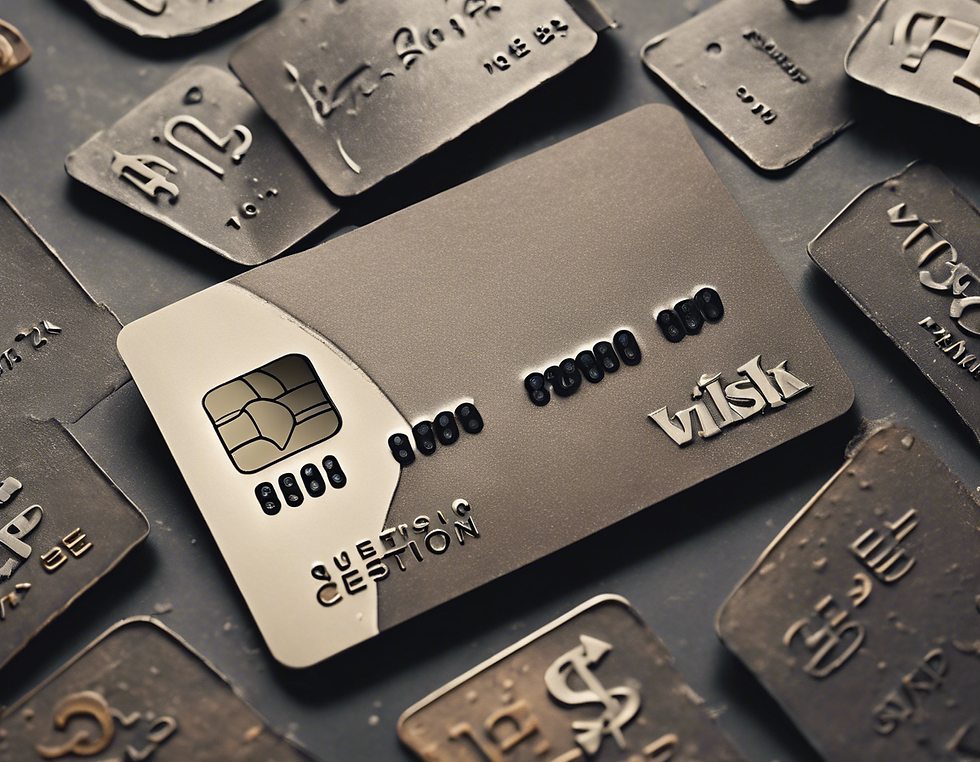Abnormal Transactions: Dont panic!
- Maria Isabel 北科大-
- Jun 19, 2024
- 2 min read
The mobile payment system provides a platform in which smartphone users can
transfer money to each other. This is performed by using codes sent through SMS. One user
knows the smartphone number of the receiving user for transactions. There are various
benefits of this service for users like the simplicity of transferring money. However,
abnormal transactions may occur as they become very common nowadays. Financial fraud in
terms of anomalous transactions can cause a loss of billions of dollars annually. It is a
challenging task to detect anomalous transactions due to a large number of transactions and a
variety of money laundering tricks. Therefore, there is a need to detect abnormal transactions
to prevent financial fraud.

A variety of machine learning techniques are being used to detect anomalous
transactions in different domains. Mobile money surveillance systems can be utilized in
different ways to detect money laundering and fraudulent transactions. A variety of other
techniques are also a number of essential countermeasures against money laundering. In
addition, the technique of data mining is able to detect anomalous transactions in the mobile
payment system
Mobile payment systems has three general stages that are used to detect such transactions:
1. Discovery Model
The discovery model is the procedure of appearing in a record to discover unseen
models with no predetermined design or assumption regarding what the models might
be. This model is the procedure of captivating these examples to be exposed to the
records and then use these records to forecast the future.
2. Predictive Model
The predictive model is by using the discovered records to predict the future.
3. Forensic Model
The forensic model is used to process and then apply these patterns to extract
inconsistent or abnormal data elements.
Mobile payment systems employ various methods or techniques to detect abnormal
transactions:
1. Machine Learning Algorithms :
These algorithms analyze transaction data to identify patterns and flag anomalies. They can detect unusual spending patterns, such as a
sudden spike in transaction amounts or frequency.
2. Rule-Based Systems:
These systems use predefined rules to identify suspicious activity. For example, a transaction might be flagged if it exceeds a certain amount,
occurs in a different geographic location than usual, or happens at an unusual time.
3. Behavioral Analysis:
By analyzing the user's typical behavior, such as their usual spending habits, preferred merchants, and regular transaction times, the system can identify deviations that might indicate fraud.
4. Device Fingerprinting:
This involves collecting data about the device used for transactions (e.g., device ID, IP address, geolocation). Transactions from unfamiliar devices can be flagged for further review.
5. Velocity Checks:
These checks look for a high number of transactions in a short period, which could indicate fraudulent activity.
6. Geolocation and IP Address Tracking:
Transactions made from locations that are unusual for the user or from known fraudulent IP addresses can be flagged.
7. Real-Time Monitoring:
Transactions are monitored in real-time to quickly identify and respond to potential fraud.
8. Two-Factor Authentication (2FA):
Adding an extra layer of security by requiring a second form of verification can help prevent unauthorized transactions.



Comments